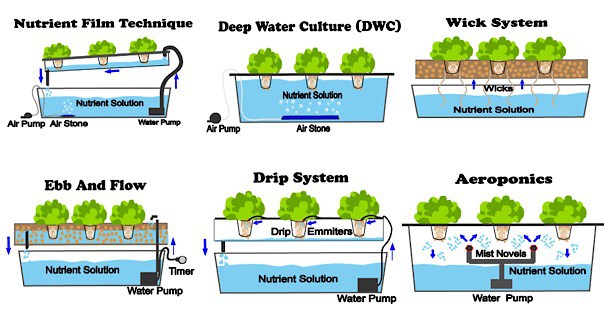Hydroponics involves growing plants without having to use soil. Soil’s function while growing plants is to hold water and food for the plants to uptake; hydroponics creates an easier and more efficient way for plants to get everything they need. Hydroponic mediums hold the water and nutrients for plants. Some examples of good hydroponic mediums are: clay pebbles, oasis cubes, coconut fiber, sand and peat moss. Most hydroponic mediums are either biodegradable, compostable or can be reused.
Hydroponics is great method of growing for urban areas. It can be done in greenhouses, homes, schools, extra spaces in buildings, warehouses, on rooftops and even in shipping containers. This reduces a reliance on importing produce which lessens food miles. Crops grown indoors can be grown year round with temperature control. We are working on introducing hydroponics to Springstone Farm to grow produce year round. Below are examples of hydroponic systems.

 RSS Feed
RSS Feed
